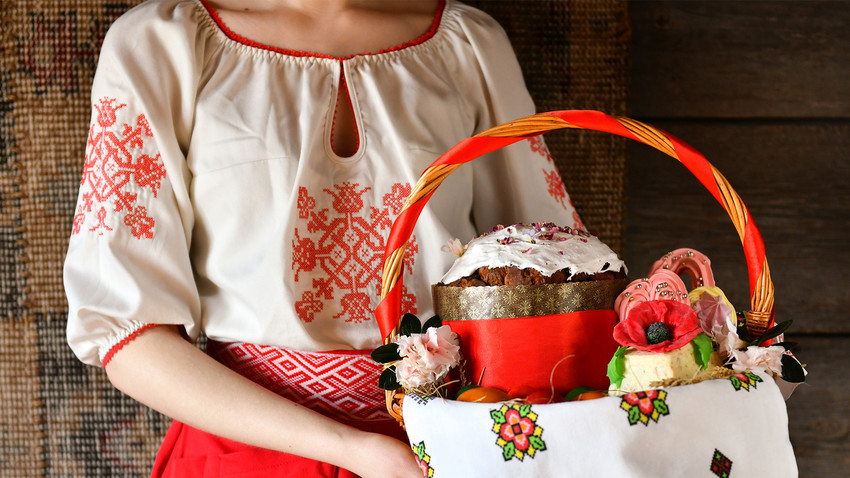
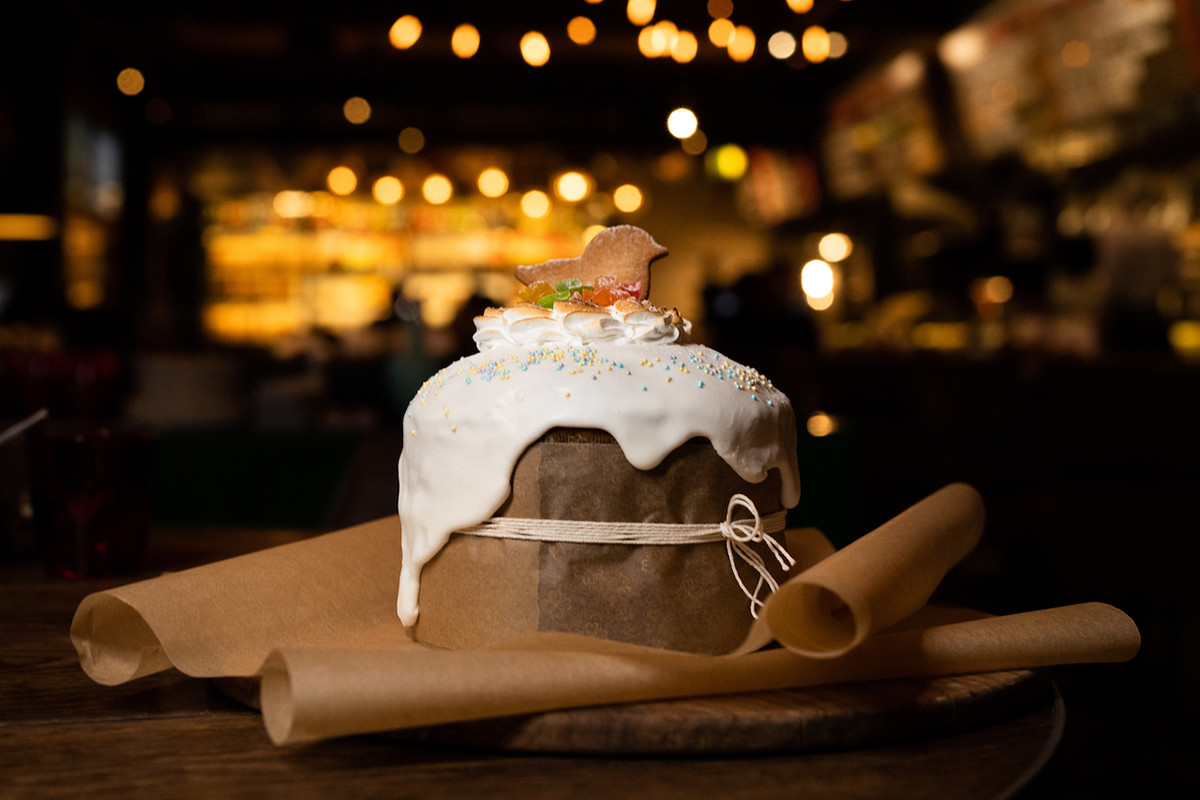
It is said that kulich should never be cooked in a hurry or in a bad mood. According to traditional recipes, the dough takes time to “rise” several times. The Magadan restaurant, for instance, takes around 12 hours to prepare the cake. Decorate with icing, chocolate and Easter pryaniki.
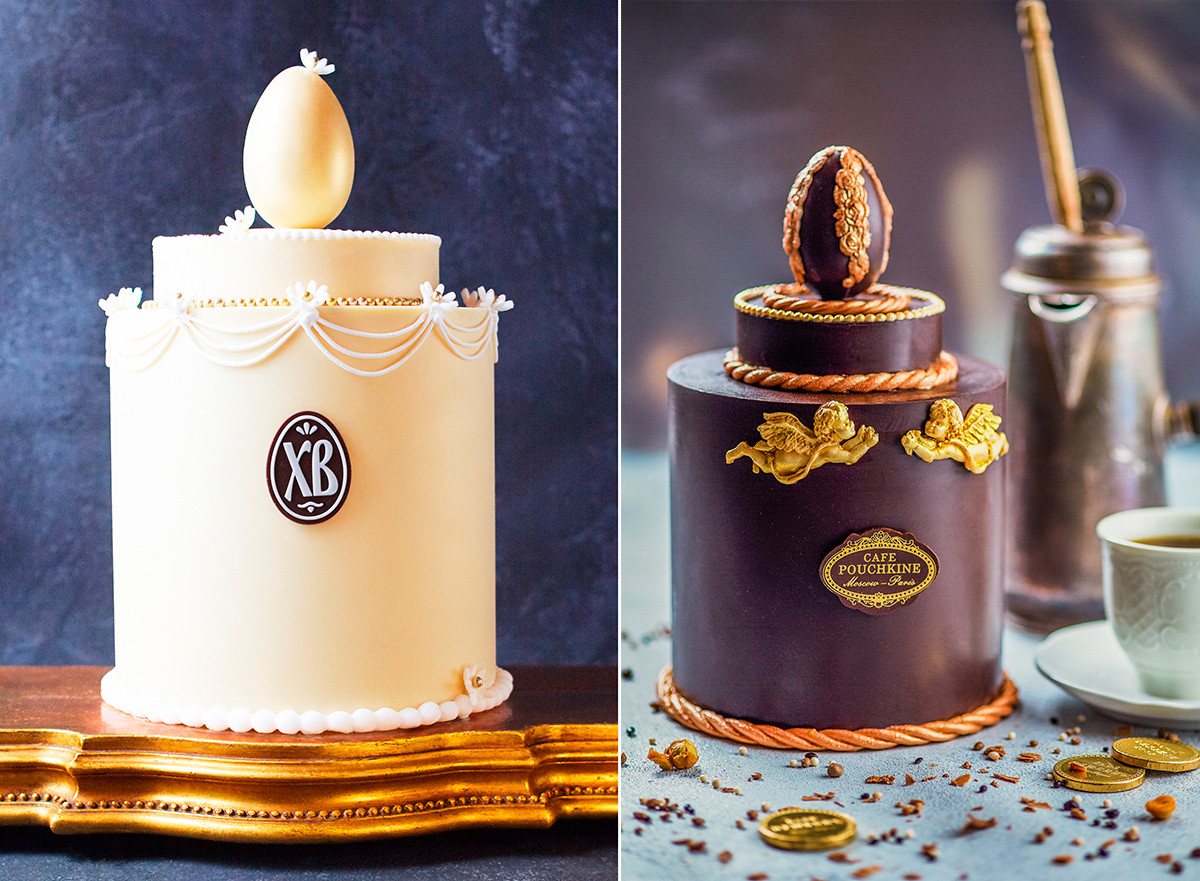
Moscow’s famous Cafe Pushkin decided to place the dessert inside a chocolate frame. All you have to do is select your preference: white or dark.
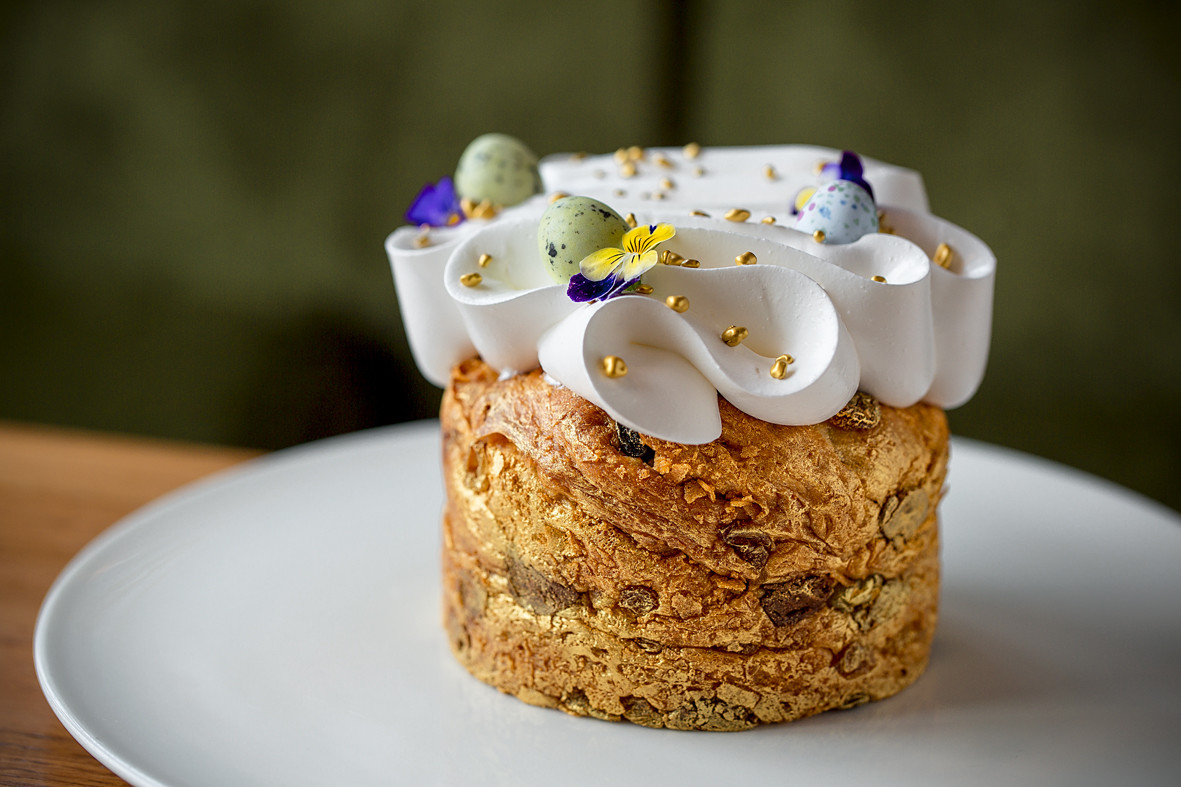
This cake from the Buro.Tsum cafe captures hearts and mouths with its airy meringue decoration. The curves of the ribbon glaze accommodate marzipan eggs, golden sugar and violets. The dough is based on Italian panettone with candied and dried fruits, including raisins, plus milk and caramel chocolate.
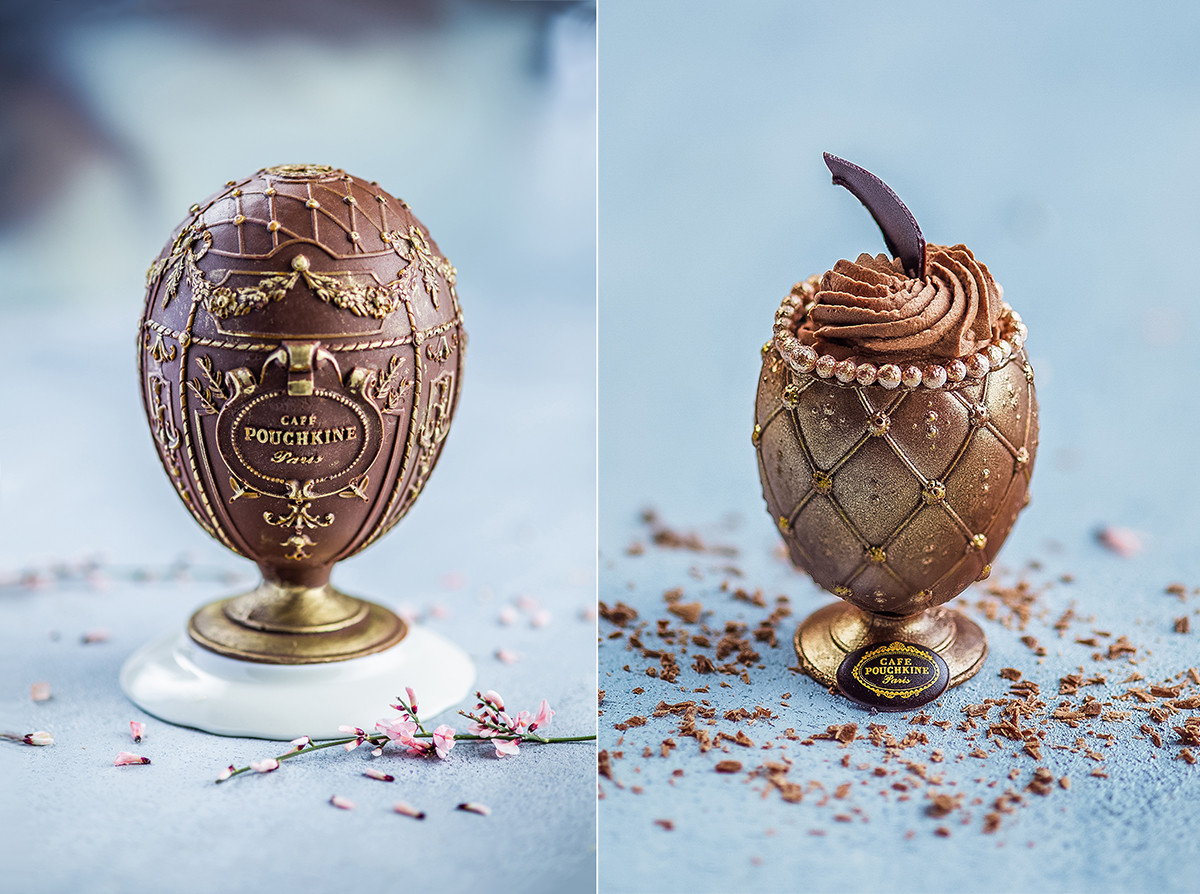
Cafe Pushkin has also come up with a whole collection of chocolate eggs made to resemble the legendary Easter eggs of the Carl Faberge jewelry company. Exquisite craftsmanship by master chocolatiers.
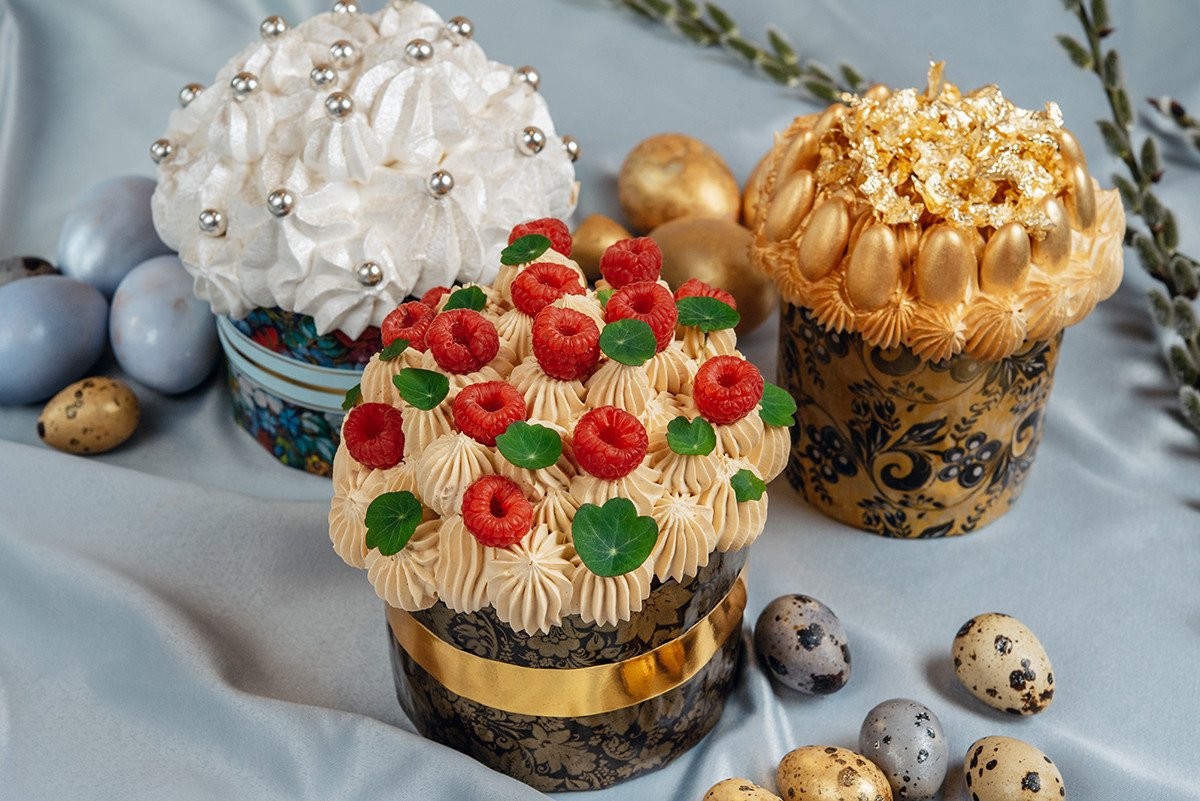
These tall, luxurious kulich cakes with a delicate honey-vanilla aroma are served at the Sybarite restaurant. They are decorated with nasturtium leaves and raspberries, or with gilded almonds, velour and gold leaf.

Honey and ginger pryaniki (spice cakes) with sugar fondant, made in the form of Easter bunnies and eggs, are the Eastertide specialty of the Zhemchuga cafe.
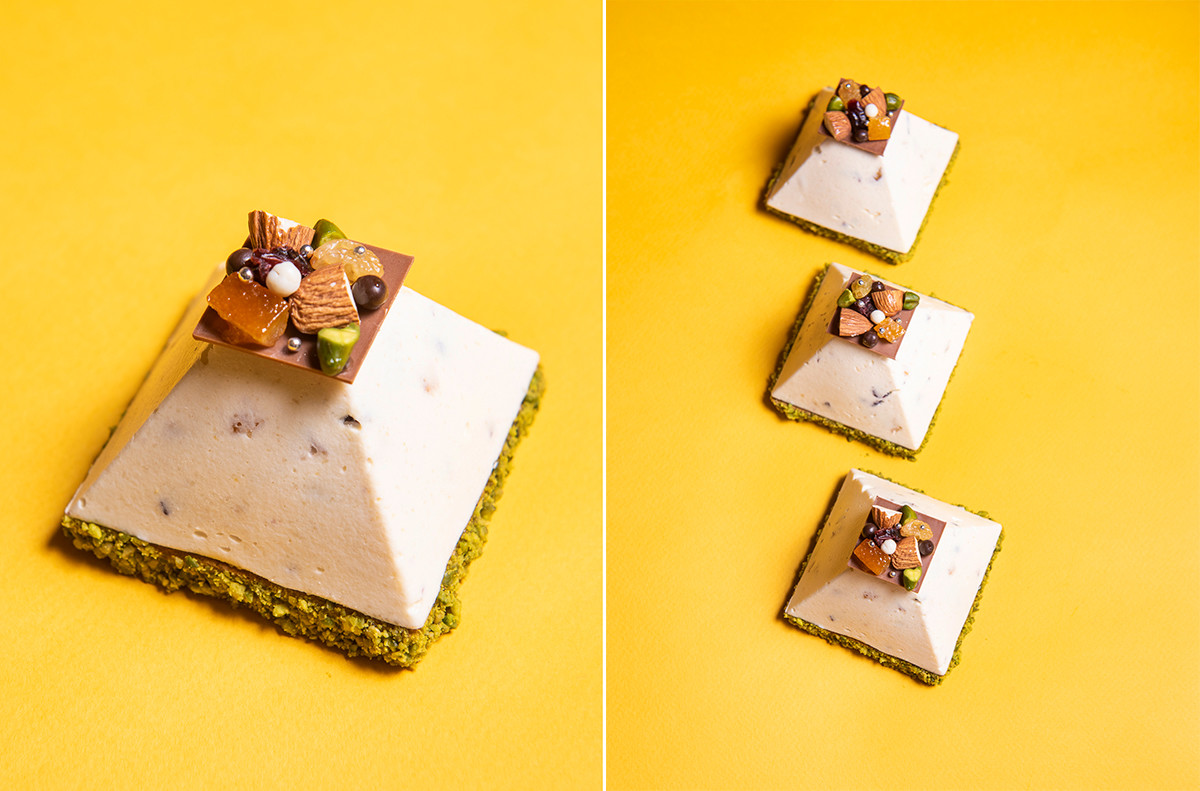
The classic Russian Easter dish known as curd paskha is shaped like a truncated pyramid and symbolizes the Holy Sepulcher. The version made by the Drinks&Dinners restaurant is prepared with custard, candied fruit and raisins, and served on a pistachio base. A little chocolate, nuts and candied fruits for decoration round off the dessert nicely.
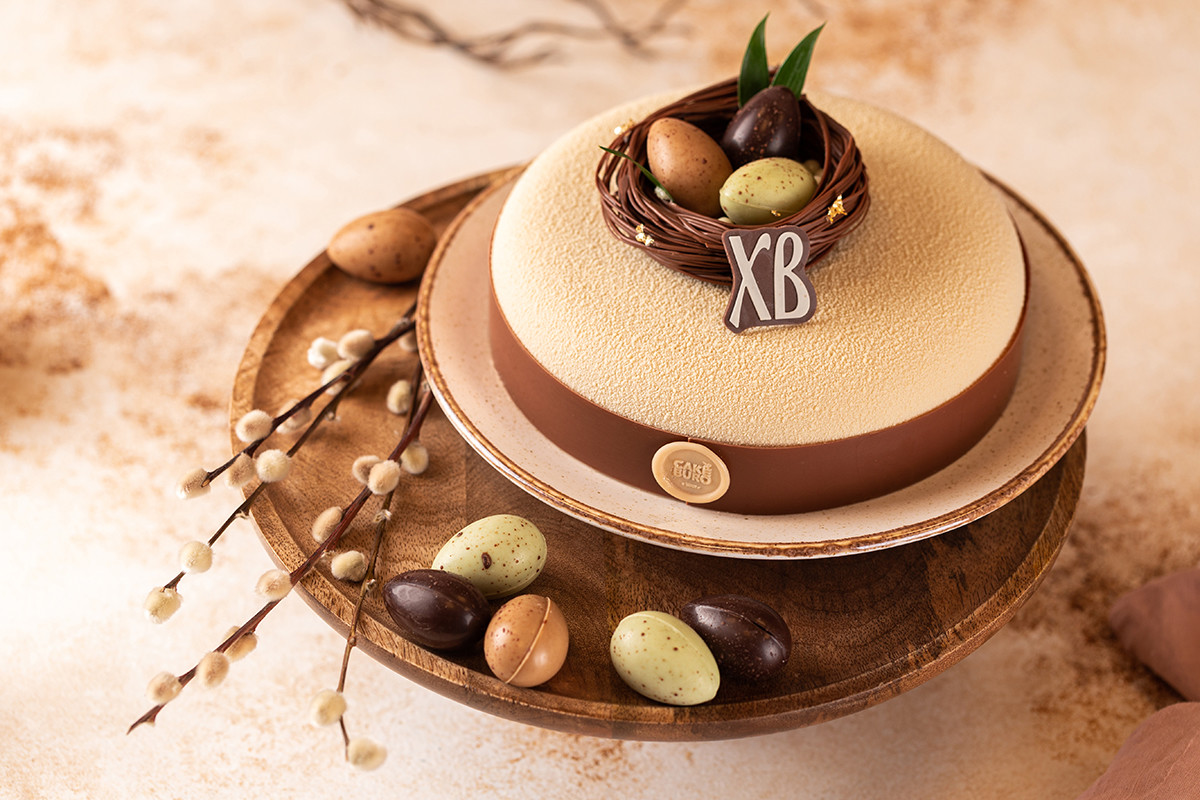
An ornate Easter cake is an unusual, but elegant solution for Orthodox Easter. At Coffeemania, the cake is decorated with a bird’s nest with eggs.
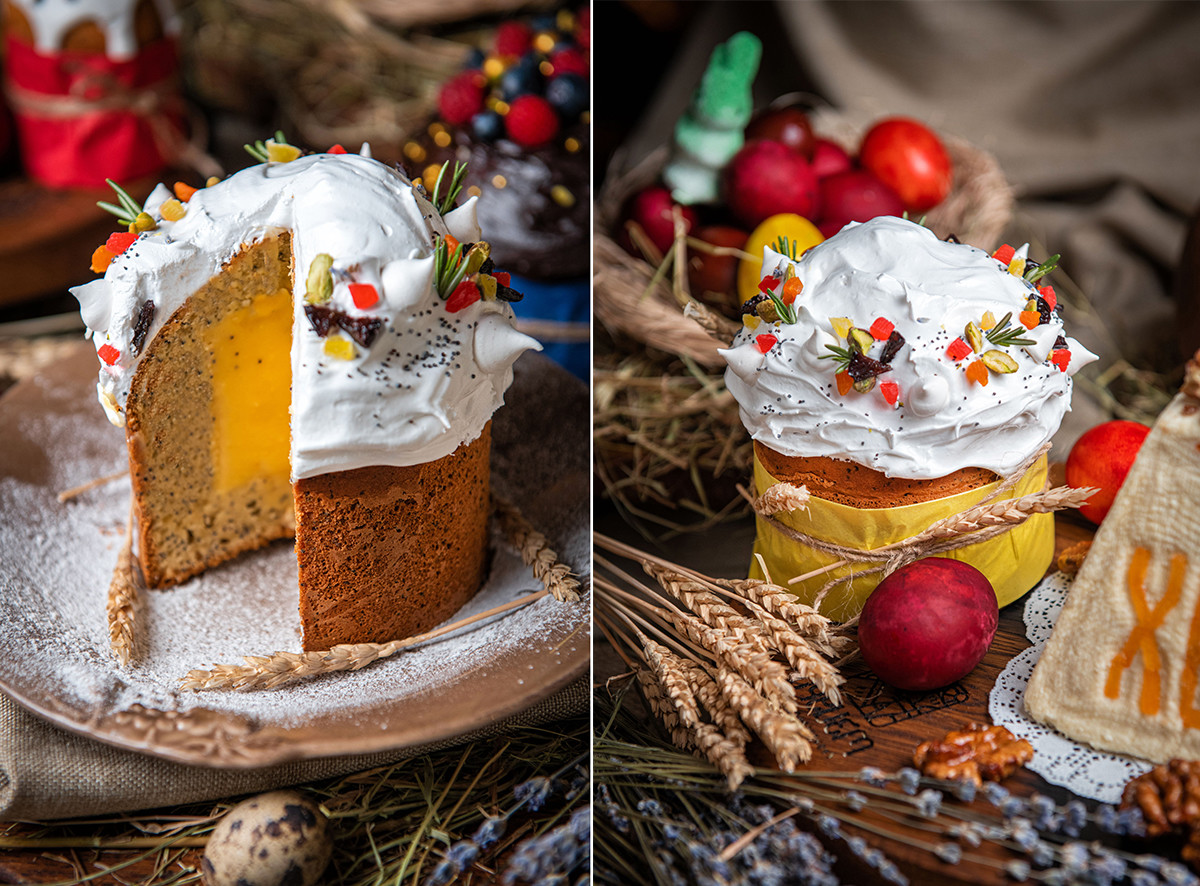
For Easter, the Georgian-cuisine Mziuri restaurant bakes cakes from curd dough with poppy seeds, filled with lemon cream. A delicious meringue is placed temptingly on top.
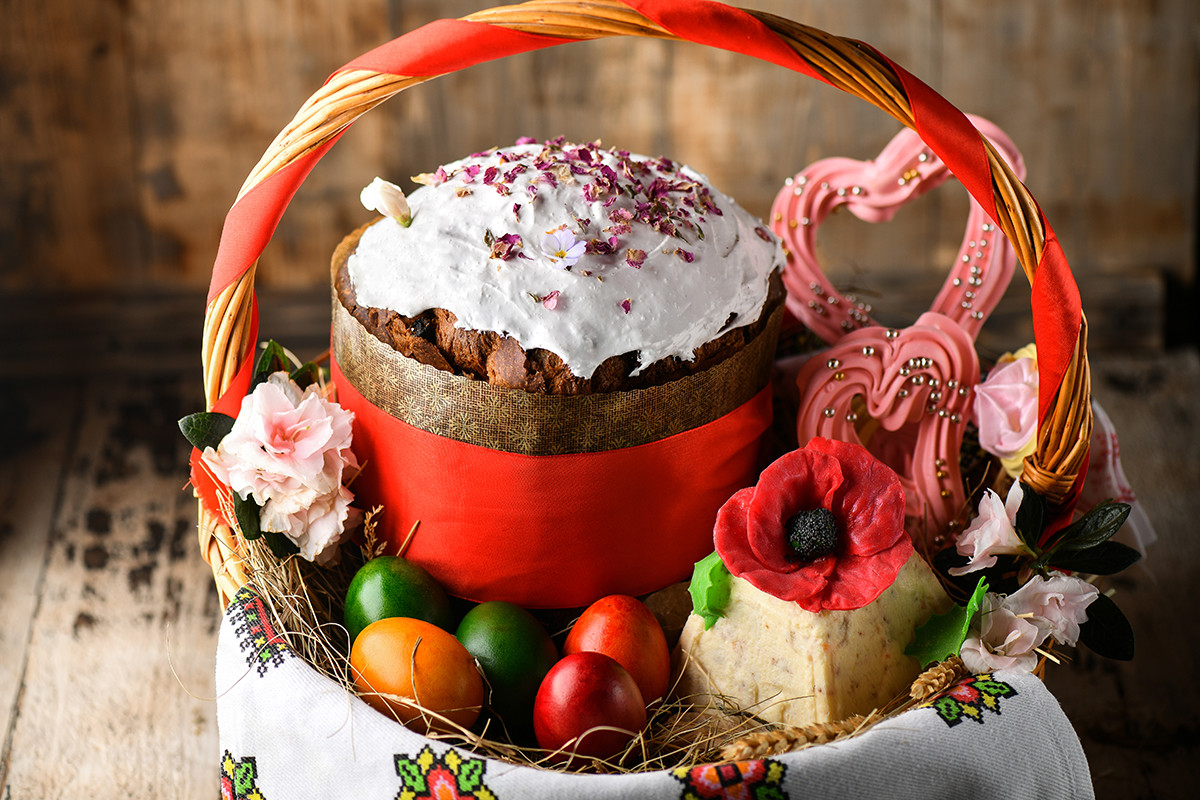
At the Shinok restaurant, kulich is prepared according to age-old recipes with candied fruits and raisins, decorated with glaze and dried flower petals. These were traditionally used to decorate kulich (and the home for Easter), since fresh flowers at this time of the year had not yet blossomed.
If using any of Russia Beyond's content, partly or in full, always provide an active hyperlink to the original material.
Subscribe
to our newsletter!
Get the week's best stories straight to your inbox